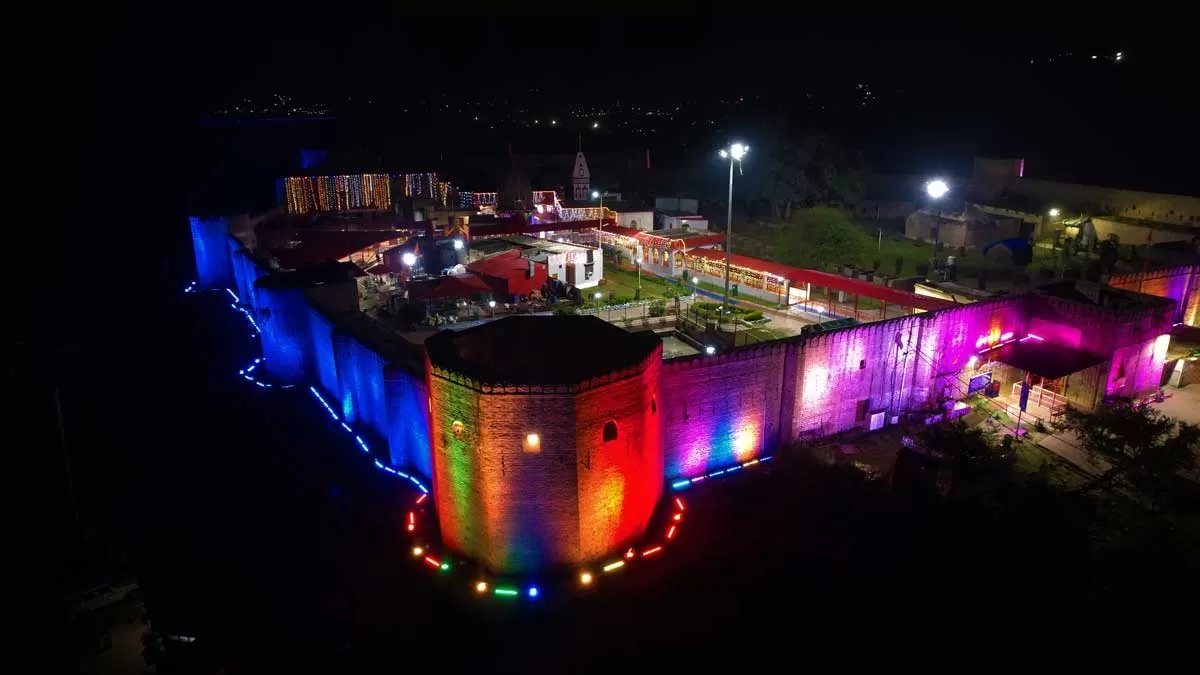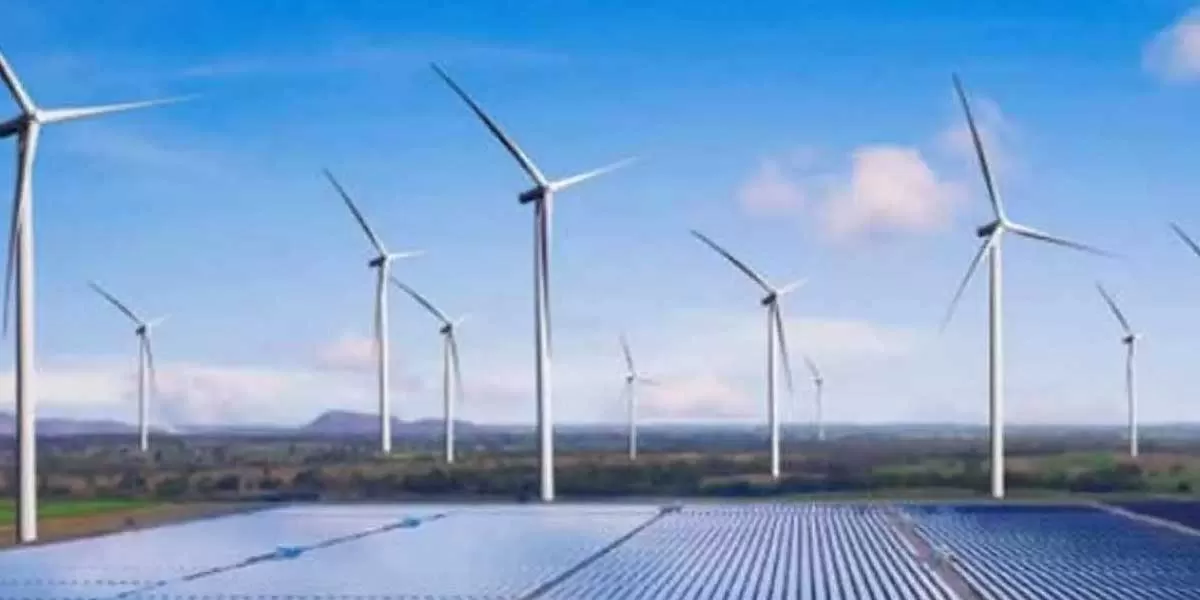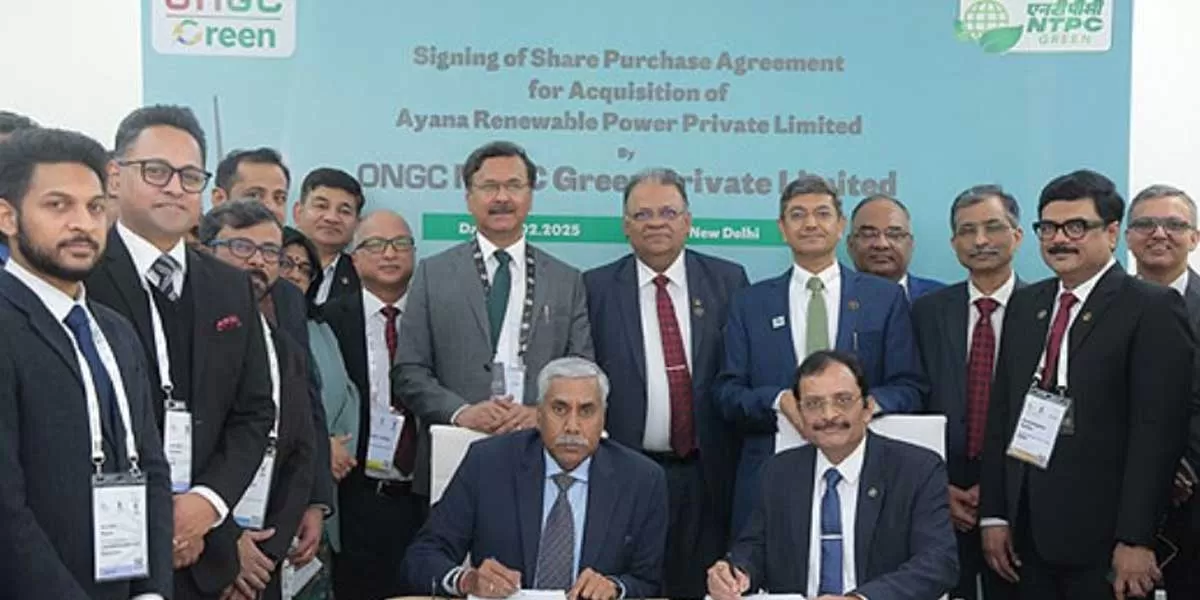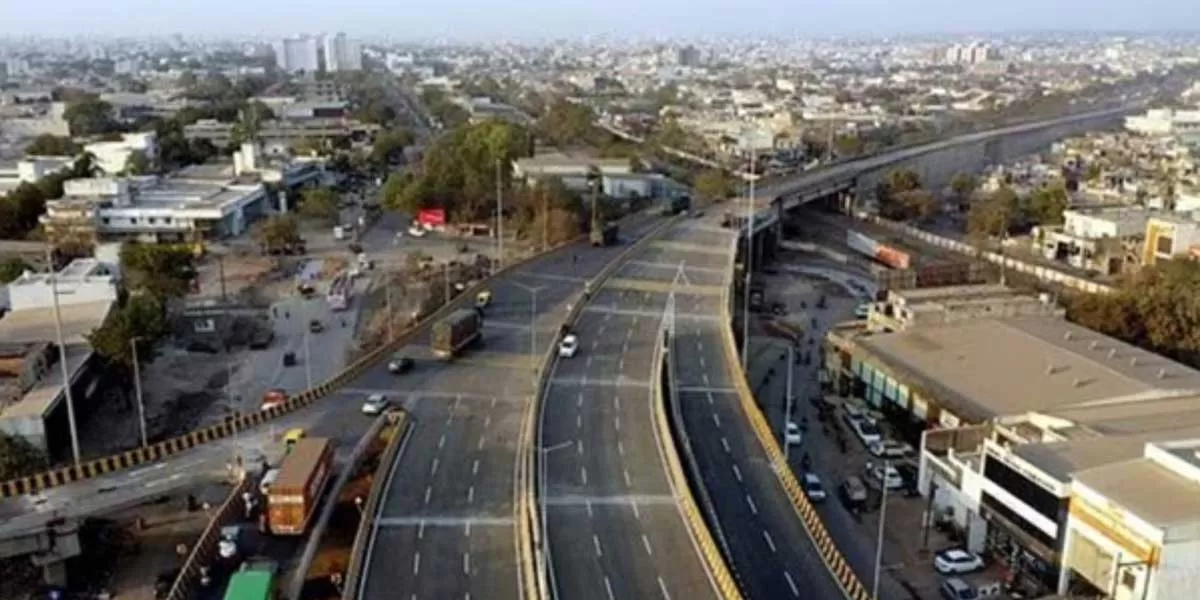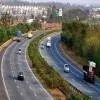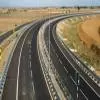Jammu, the winter capital of Jammu & Kashmir, has emerged as a key growth hub in the region, recording an all-time high of 21.1 million tourist visits in 2023, with foreign tourist arrivals witnessing a remarkable 2.5-fold increase. This surge in tourism has contributed to the state’s robust economic performance, with the real gross state domestic product (GSDP) estimated at Rs 1.39 trillion for 2023-24. With capital expenditure accounting for 25.86 per cent of total receipts, the city’s innovative strides are gaining recognition, with Jammu Smart City’s e-mobility project winning the Urban Transport Award at the 17th Urban Mobility India Conference 2024. Devansh Yadav, CEO, Jammu Smart City Ltd, shares his vision with NEHA YADAV on the city’s pioneering e-mobility initiatives, the adoption of the gross cost contract (GCC) model and development along the Tawi Riverfront.Jammu Smart City has won the Award of Excellence in Urban Transport for its e-mobility project. Could you elaborate upon the project and the financing model?The Jammu Smart City e-Mobility Project includes the deployment of electric autos (e-autos) and electric rickshaws (e-rickshaws), as well as the introduction of 100 fully air-conditioned electric buses (e-buses). These electric vehicles (EVs) are designed to tackle urban challenges such as traffic congestion, pollution and limited transportation options. The project encompasses the implementation and operation of e-autos and e-rickshaws within Jammu Smart City through collaboration with original equipment manufacturers (OEMs) and authorised agencies for vehicle supply and maintenance, along with lending agencies to support buyers from low-income groups.Financing model for buyers:Provision of subsidies through direct benefit transfer (DBT) to support the adoption of electric vehicles by beneficiaries, reducing EV costs by 25-30 per cent for end buyers.The DBT-based subsidy amount is transferred as upfront subsidies as well as monthly EMI support for 12 months, directly into the loan accounts.FAME-II subsidy is being provided by the Government of India on EVs, making them much more affordable in comparison to conventional modes, thereby encouraging people to purchase these EVs across India.Is the GCC model of PPP a viable mechanism?Our e-bus project follows the GCC mode with Tata Motors. Under this model, the operator procures the e-buses and establishes the necessary charging infrastructure. The operator is then compensated based on the number of kilometres the e-buses travel. This model ensures that the operator is incentivised to maintain efficient operations and high service quality. The total project cost is approximately Rs 5.61 billion, with operational and maintenance expenses covered through various funding mechanisms. The project encompasses the deployment of e-buses, e-autos and e-rickshaws, alongside the development of an intelligent transport management system (ITMS) and supporting infrastructure such as an EV depot at Bhagwati Nagar and charging stations.Please highlight key completed smart city projects.We have successfully completed 118 projects, focusing on urban mobility, heritage conservation, city beautification, traffic management and digital governance. Key completed thematic projects include the integrated command-and-control centre (ICCC), which is a centralised system for monitoring urban services, traffic, security and emergency response. Additionally, a solid waste management system was implemented, incorporating IoT-based smart bins, waste collection tracking and a sustainable waste-processing facility.Some other key completed smart city projects include the smart control room for Jammu Wildlife, which helps in monitoring and protecting wildlife in the region, and the NCMC (smart card) compliant digital ticket solutions for e-buses, providing a seamless travel experience for passengers. Further, the façade lighting and illumination of the Mubarak Mandi Heritage Complex was designed to preserve and highlight its historical significance, while the Blue-Green Project – Ranbir Canal – focused on the beautification of the canal.Please share one standout project that could serve as a model for other cities.A standout model project would be the Jammu e-Bus Project, which serves as a benchmark for sustainable urban transport. It follows a financially viable GCC model with reverse auction, ensuring affordability and efficiency. The project integrates advanced technologies like GPS tracking, real-time monitoring and efficient charging infrastructure. The adoption of a PPP model for bus operations, along with digital payment solutions via smartcards and mobile apps, has streamlined urban commuting in Jammu.What is the current status of the ongoing smart city projects in Jammu?At present, there are nine projects currently in various stages of execution. Ongoing projects include the construction of a library cum cafeteria at Mubarak Mandi, the complete street development of Residency Road, Raghunath Bazar and the Oceanarium at Bag-e-Bahu.What is the current total budget for Jammu smart city initiatives?Initially, the project included 86 proposed initiatives, with 56 funded through the Smart City Mission (SCM) equity. The funding structure was set at Rs 8.22 billion under the SCM, following a 50:50 financing pattern between the Centre and Union Territory (UT) government. By January 2025, we had received a total of Rs 8.3 billion for the smart city project, comprising a 50:50 contribution structure between the Centre and the Union Territory government. Out of this, Rs 8.1 billion had been utilised, accounting for approximately 98 per cent of the available funds. What are some of the major challenges faced while executing the projects?Coordinating among multiple stakeholders, including government agencies, contractors and local authorities, has required significant effort to ensure smooth project execution. Environmental factors, including weather conditions, have occasionally impacted construction timelines, particularly for roads.How are technologies like AI and IoT integrated into the ICCC?The ICCC integrates AI-powered video analytics that are used to detect traffic violations such as red-light violation detection (RLVD), triple riding, helmet-less riding, over-speeding and wrong lane driving. Additionally, AI models are used to analyse crowd density in real time and detect unusual activities or security threats during public gatherings. AI-powered analytics also predict crime-prone areas by analysing historical data and trends. Environmental monitoring is also done through IoT sensors that measure air quality, noise pollution and water levels to prevent urban flooding. Smart parking solutions are integrated through IoT-enabled sensors that monitor parking availability and guide vehicles to free spaces. AI-based analytics are used for violation detection with an automated e-challan system, where automatic number plate recognition (ANPR) cameras capture vehicle details and issue e-challans for traffic violations. Road condition monitoring is done through AI-powered video analytics, detecting potholes, road cracks and encroachments, with automated alerts sent to maintenance teams.The ICCC integrates data from various sources (traffic cameras, emergency teams, municipal services) into a centralised data dashboard, which provides actionable insights for city administrators. What are some upcoming investment opportunities for businesses or potential contractors and partners?We remain focused on completing ongoing projects by the March 2025 deadline. Significant investment opportunities are available in areas such as the operation and maintenance of smart city infrastructure. Developing on the lines of Sabarmati Riverfront in Gujarat, the Tawi Riverfront project aims to conserve the riverbank and enhance the aesthetic value of the river. The project includes the development of parks, walkways and recreational areas along the river, making it a model for urban renewal and environmental conservation. The Tawi Riverfront real-estate development project, focusing on commercial and recreational spaces along the revitalised riverfront, offers potential for investment. Additionally, there are future opportunities for green building projects along the Tawi Riverfront, where energy-efficient designs and sustainable construction materials will be used. While specific tenders have not yet been announced, businesses specialising in sustainable construction and green technologies should monitor this project. Further, our interest in PPP models for smart parking, public bicycle-sharing programs and smart public toilets suggests opportunities for businesses with expertise in urban mobility solutions, IT interventions and sustainable urban services.
